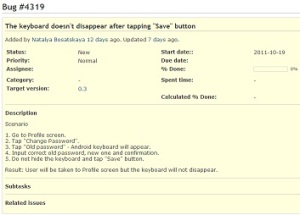Testing of the installation

1. We get a list of files from the installation package builder. We need to get a list of files before, and the file list checking is performed after the installation. We can also hear the phrase: “Make a list after the installation, everything is true there” – this is a provocation! Do not give in!
Another point: the same installation package can install different file sets under different operating systems, i.e., we perform testing for each operating system separately.








